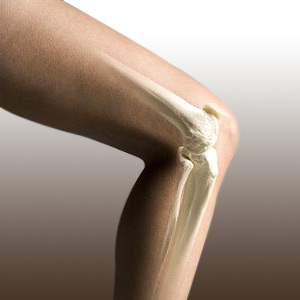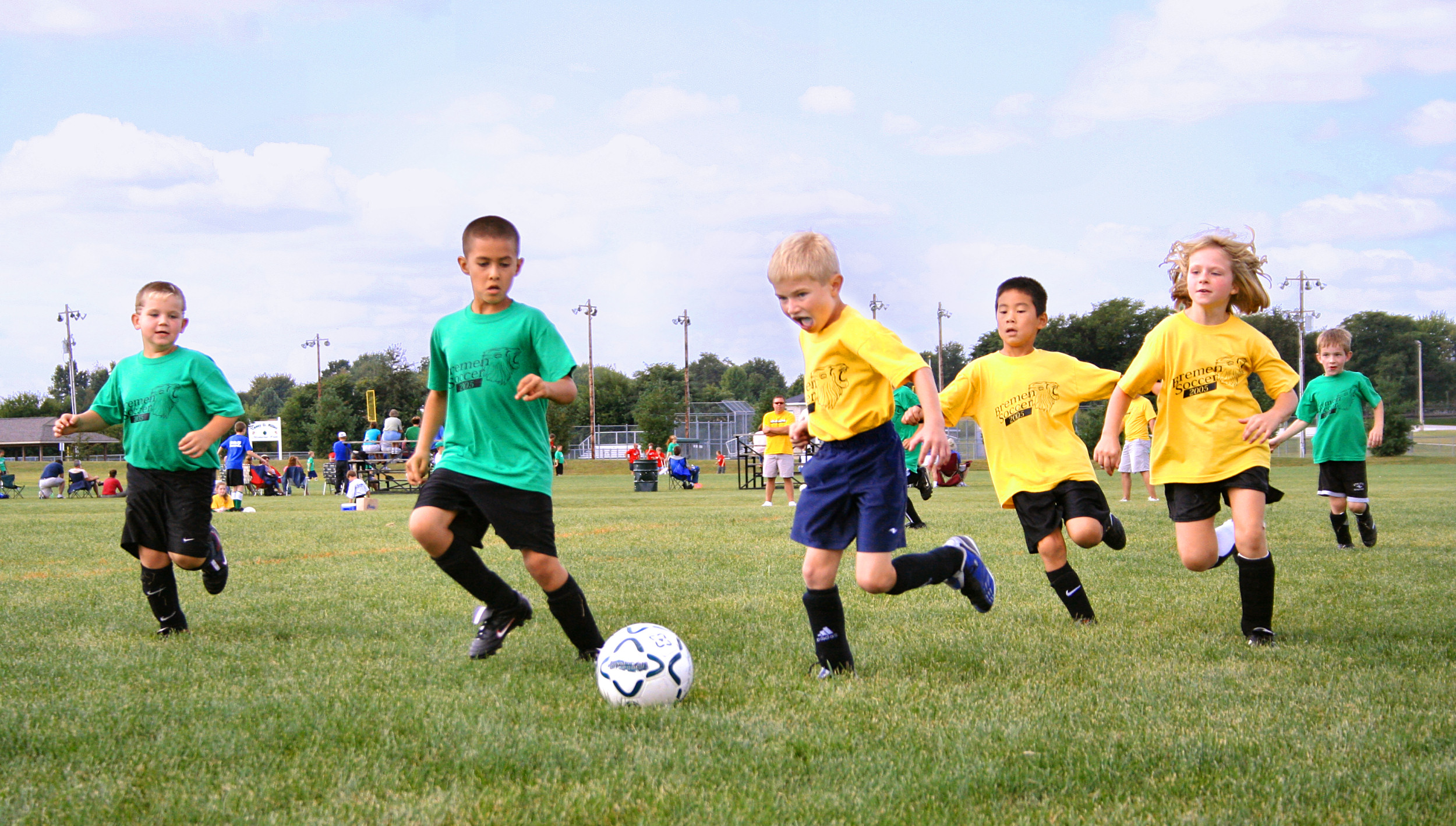
COURTESY OF FOX NEWS
Ever notice – as you grow older – that things just seem to get heavier? Ever watch a person of advanced age struggle to hoist a carry-on bag into the overhead compartment of an aircraft?
As we age, our muscles become weaker. It starts at around age 40 and progresses until 75, when muscle strength pretty much falls off a cliff.
Doctors recommend exercise to counter the loss, but it inevitably progresses. Some people have tried hormone
supplements – testosterone, human growth hormone and insulin-like growth factor-1 to hold off Mother Nature. But the long-term safety of those therapies is in question.
Exciting new research released Tuesday by doctors at Columbia University Medical Center may have found a novel new way to prevent age-related
muscle weakness. Dr. Andrew Marks has been targeting something called the “ryanodine receptor” in muscle cells.
Without getting too complicated, muscle cells use calcium to contract. Each cell has a little “gas tank” of calcium in it. When the
brain sends a signal to the muscle to contract, the ryanodine receptor acts like a fuel pump and releases calcium into the cell, where it’s used to pull muscle fibers together. When the brain tells the muscle to relax, the receptor pumps calcium back into the tank, and the fibers separate.
As we age, the mechanism becomes damaged from stress and allows an unusual amount of calcium to leak out of the cell. Think of it in terms of a rusty old gas tank developing a small leak. Eventually enough calcium (gasoline) leaks out that the muscle (car) can’t function properly.
Basically, the muscle runs out of gas and over time, withers away.
Using a new drug (s107) developed by pharmaceutical startup ARMGO Pharma, Marks treated mice that were 24 months old – the equivalent of 70 in human years. The mice, which were becoming weak and sedentary could spend 50 percent more time on the exercise wheel than before. The drug had slowed the calcium leak in their muscles and improved muscle function.
So – how is this different from exercise or hormone treatments? Dr. Marks says they
build muscle mass. But they don’t necessarily improve muscle function the way this drug does.
What if people didn’t wait until old age to begin treatment? What if the drug was used as a preventive beginning at say – age 50? Could age-related muscle loss be prevented altogether?
Marks said that’s very possible.
There’s another aspect of Marks’
research that is very interesting. Age-related muscle weakness occurs by much the same mechanism as muscular dystrophy in children. As people grow old, they literally acquire a form of MD.
Which begs a question. If the drug reverses some of the effects of age-related muscle loss, could it be a possible treatment for Muscular Dystrophy? That’s something Dr. Marks told me he is looking into.
He’d also like to see his therapies used in developing countries where heart failure and other age-related muscle conditions go untreated.
The other big question: When could this be available for human use?
The drug is currently in Phase II trials for treatment of heart failure. Dr. Marks says he hopes to begin Phase II trials among people of advanced age for muscle-weakness/loss within a year.
It should also be pointed out that Dr. Marks is a founder of ARMGO Pharma and stands to become a very rich man if the FDA approves this new drug. That said, he is also a noted and well-respected researcher who has received numerous awards and citations for his ground-breaking research.
Read more:
http://www.foxnews.com/health/2011/08/02/possible-cure-for-age-related-muscle-loss/#ixzz1Tudqgk1v











